Light Fixtures and Kinetic Sculptures
Exercise 01 : Wooden Shingle Lampshade
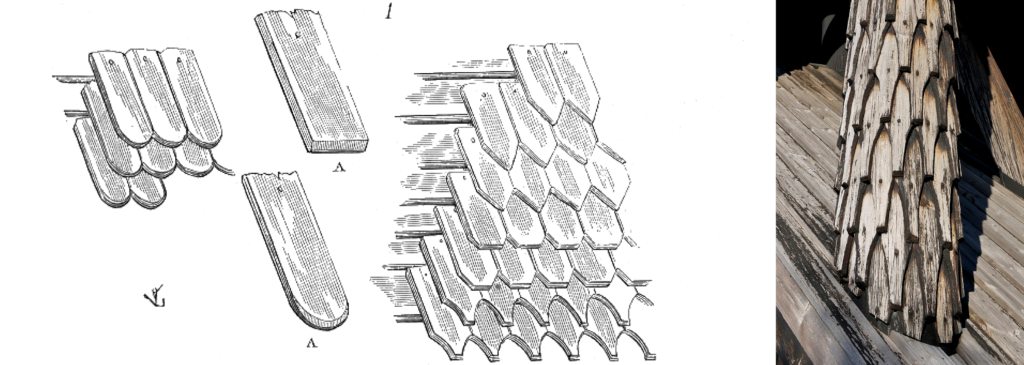
The first exercise was a lesson in learning a basic Grasshopper script that involves several steps in creating and manipulating geometry. We learnt to interpolate curves from multiple points generated within grasshopper. and then went on to applying a revolution command to rotate them around an axis. We learnt how to use the domain, range and series components. My addition to this exercise was an attempt at orienting an object to the iso curves of the generated surface in order to generate a lampshade-like object.
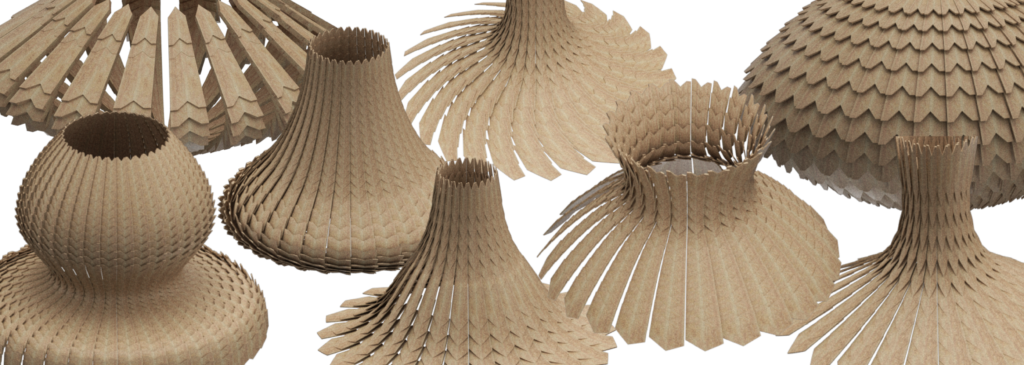
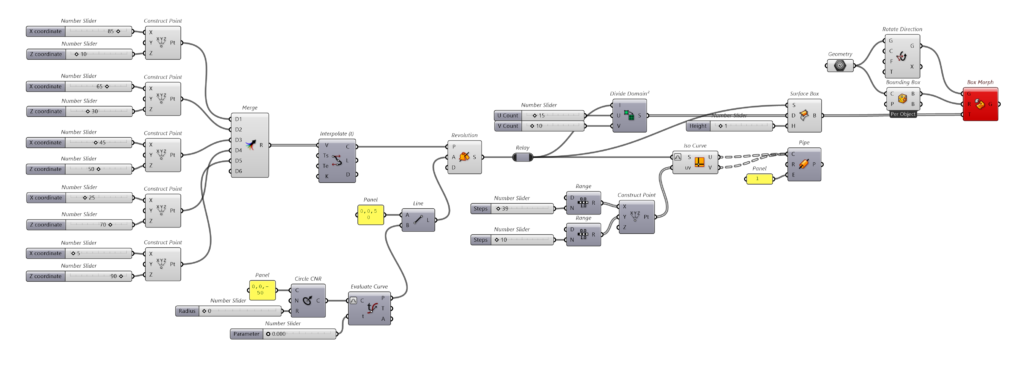
Since it was the very first time I was working with Grasshopper, I tried and failed multiple times. The output wasn’t exactly what I set out to achieve. It was however an interesting exercise and helped me get acquainted with the basics of the software.
Exercise 03 : Wooden Shingle Lampshade
The idea was to utilize conditional statements to write a code that would allow the envelope of the light fixture to move/rotate around fixed nodes along it’s length in order to control the amount of light emitted into the room.
Step 1:
Making of a single arm of the light fixture: the arm was thought of almost like a human arm, except with 360 degree mobility. The script for this portion of the code is fairly repetitive and could do with some improvement and shortening.
Step 2:
Orienting a shingle-like shape along the length of the curve and then orienting the arm around a circle
Step 3:
Introducing conditional statements that help control the shape of the light fixture and the amount of light emitted. It respond to the lux value of the ambient light in the room and according to the input can change it’s form.
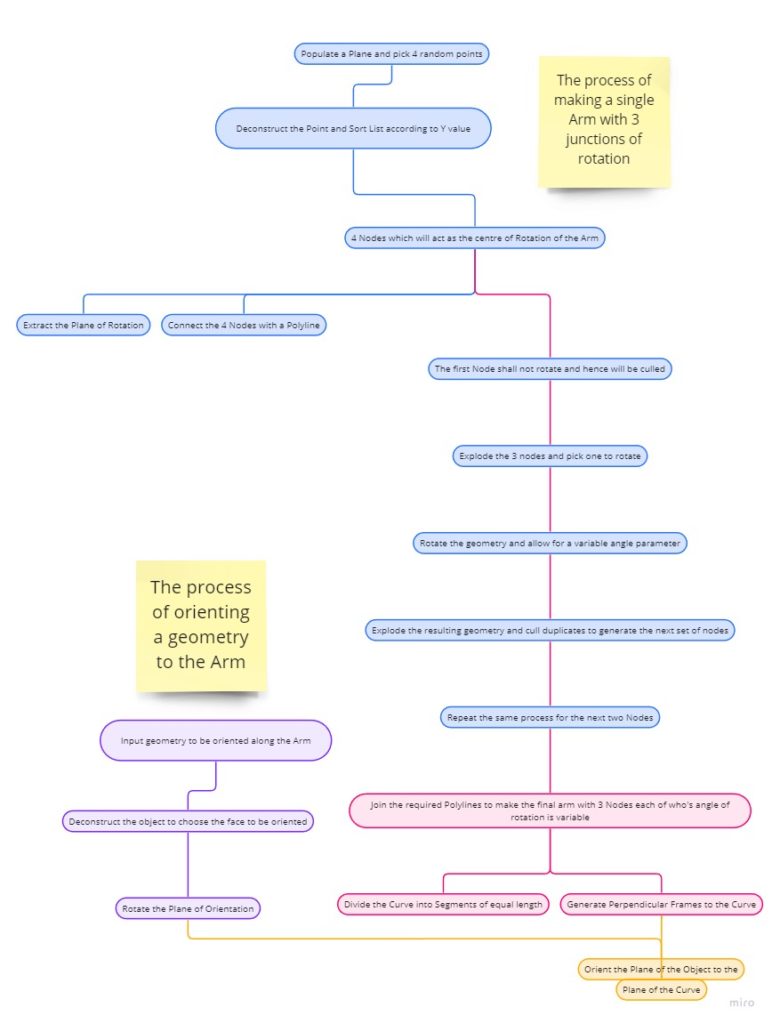

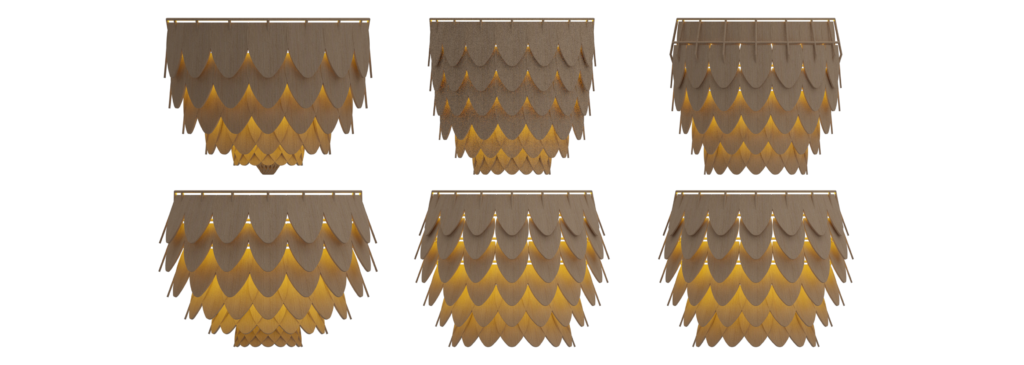
Final Assignment: Kinetic Structure
For the last assignment, we delved into animations, grasping the art of crafting dynamic and mobile designs using Grasshopper. We acquired the skills to generate scenes and manipulate the camera, enabling us to examine our designs from different vantage points. By combining camera control and animation techniques, we created visually engaging and dynamic parametric designs. Animations can be useful for visualizing how the design evolves over time or for presenting it in a more interactive and engaging manner.
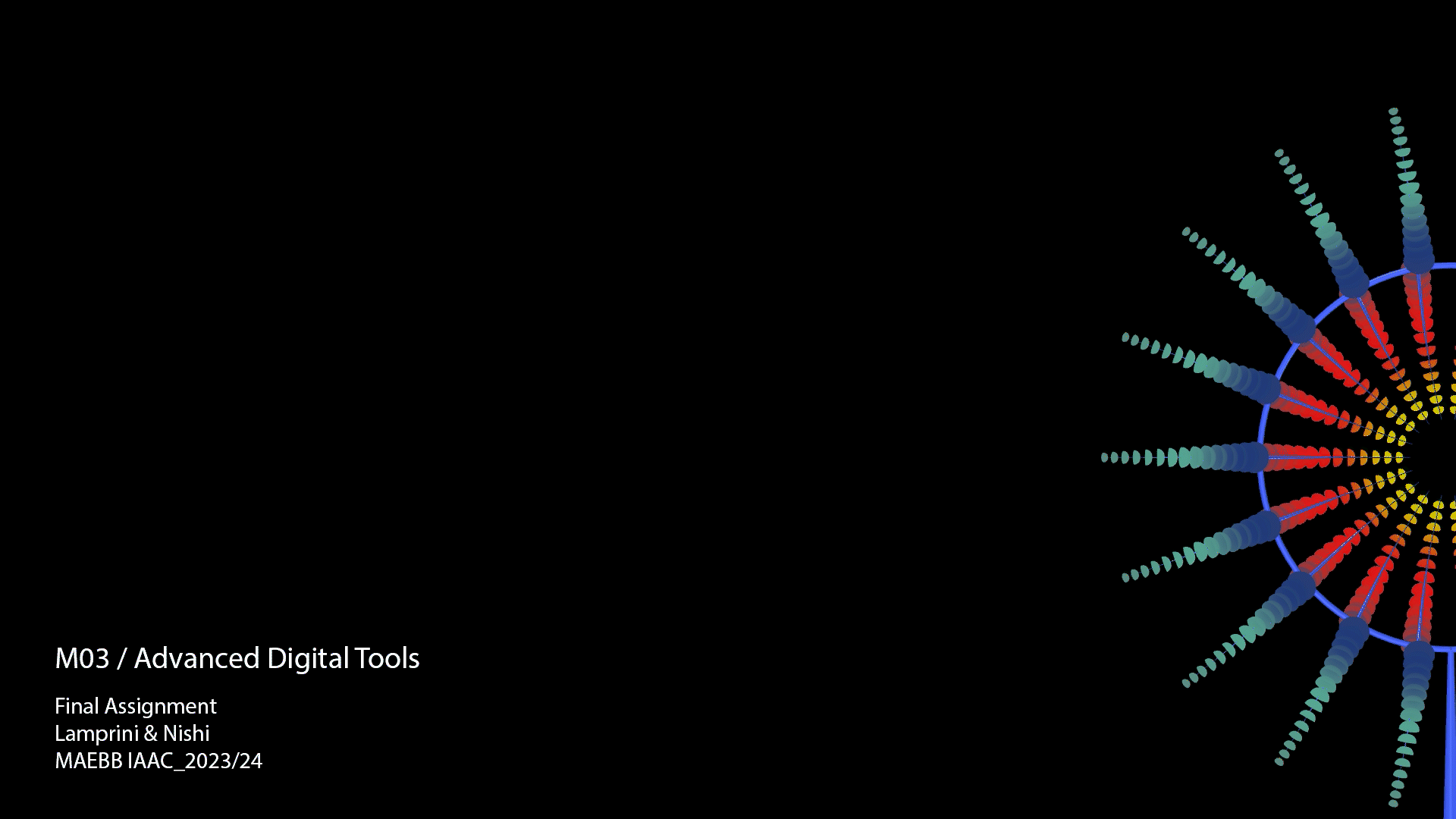
In conclusion,
Completing the Grasshopper fundamentals course marks a transformative journey into the realm of parametric design. From mastering the basics—functions, parameters, and algorithmic logic—to advanced topics like mesh topologies and collaborative design, the course has armed me with a powerful toolkit.
Each session unfolded a new layer of understanding, with data manipulation, attractor points, and logical representations becoming second nature. The collaborative design phase, emphasizing group reviews, fostered a sense of community and shared exploration.
This course wasn’t just about learning Grasshopper; it was about adopting a parametric mindset. Thanks to the Rodrigo’s guidance and the diverse perspectives of fellow students, I now approach design challenges with confidence, armed with a blend of creativity and computational design.

